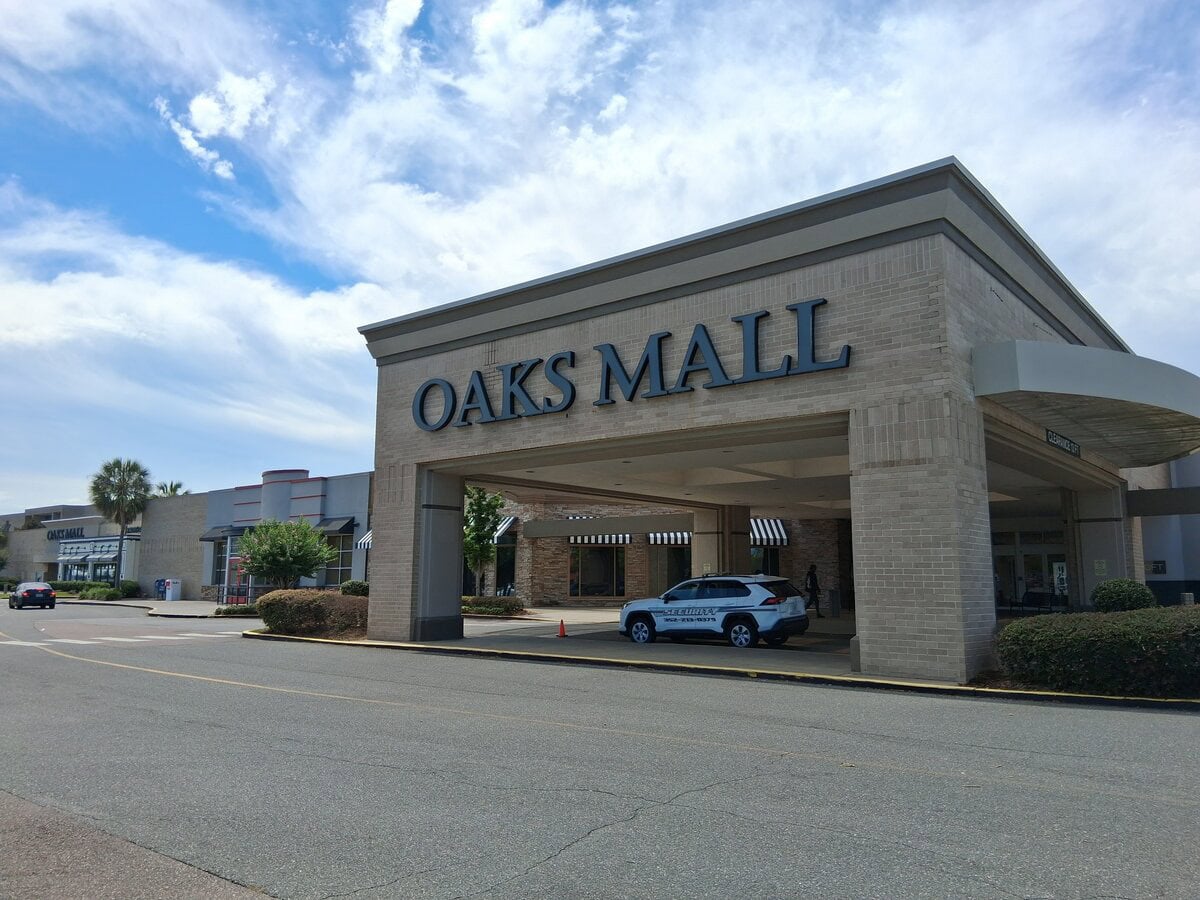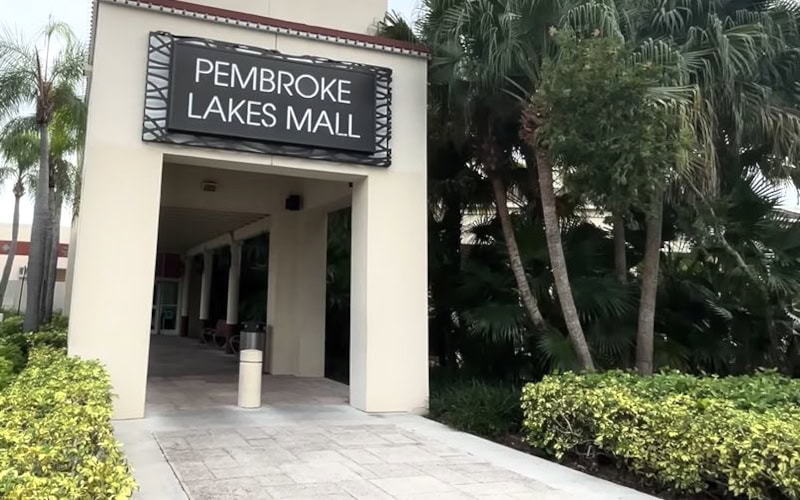Light on the Dunes
Long before tourists lined up for sunset photos, a different kind of watcher stood on the edge of Anastasia Island. The tower, in its early shape, wasn't built to impress - it was built to warn.
To mark the inlet. To keep ships upright and crews alive. These were the first layers of what would become the St. Augustine Lighthouse.
And if you follow the trail back far enough, you'll see that this story doesn't begin in 1874. It begins in 1565.
First Towers, First Stakes
Before the state of Florida existed, before the U.S. flag flew over the Atlantic coast, Spanish forces set up a wooden watchtower on Anastasia Island in 1565.
It wasn't a lighthouse in any formal sense, but it served a similar purpose: eyes on the horizon, marking safe entry to the harbor.
By 1589, cartographer Baptista Boazio mapped out the area, illustrating a tower that played a role in resisting Francis Drake's raid.
Documents from that era refer to a "beacon" structure, giving early signs of navigational intent.
A more lasting build came in 1737 when Spanish authorities used coquina - a soft limestone quarried nearby - to construct a sturdier tower.
Its exact role remains debated. Some records suggest it operated as a lighthouse, though no official logs confirm consistent lighting.
What is clear is that by the British period, starting in 1763, the structure was commonly marked as a lighthouse on nautical charts.
Ownership shifted again in 1783 when Spain regained the colony. Navigational improvements followed.
Swiss-Canadian engineer Joseph Frederick Wallet DesBarres labeled the structure "Light House" on his 1780 harbor engraving.
Jacques-Nicolas Bellin, the French hydrographer, did the same using the term "Batise" in his 1764 map.
Through war, erosion, and policy shifts, that coquina tower lasted over a century.
But its end was literal. The Atlantic took it in 1880.
What remains lies beneath the waves now, a submerged archaeological site off the island's coast.
If you are looking for things to do in St. Augustine, Florida, the shoreline holds more history than some city archives.
Rebuilding the Signal - 1870s Federal Infrastructure
By 1870, the first tower's days were numbered. Decades of shoreline drift had eroded the foundation, leaving it exposed to tides that never paused.
Reports called it unstable. Congress stepped in with a $100,000 appropriation, and construction on a new tower began that same year.
The new design called for brick over coquina, a change driven by structural needs rather than aesthetics.
Paul J. Pelz, the architect, had a hand in the plan.
Hezekiah H. Pittee was the builder.
A temporary jetty of brush and coquina was laid to buffer the coastline while materials were hauled in by rail.
A short track ran between the dock and the construction site, moving bricks, mortar, and timber.
Work wrapped in 1874. At 165 feet tall, with a conical shape and spiral bands of black and white, the new tower looked nothing like its predecessor.
It housed a first-order Fresnel lens, nine feet tall and composed of hundreds of glass prisms.
On October 15, 1874, keeper William Russell lit the lens for the first time.
The light's beam reached farther and stayed clearer than anything installed before.
Its fixed pattern changed in 1936 to a 30-second flash, which remains the timing today.

Wartime Utility and Postwar Decline
The Civil War brought an odd kind of disruption to the original tower.
In 1861, local harbor master Paul Arnau and lightkeeper Maria Mestre de los Dolores Andreu removed the Fresnel lens and clockworks to keep them from Union hands.
Arnau was eventually captured and forced to give up his hiding place. The parts were recovered.
By the 1880s, the new lighthouse was running full tilt.
It's an oil lamp, originally powered by lard, switched to kerosene in 1885 after fuel trials.
The switch reduced soot and maintenance, and the keepers had fewer flare-ups to manage.
One event tested the structure's strength. On August 31, 1886, an earthquake centered in Charleston sent tremors down the coast.
The keeper's log noted the tower swayed but did not crack.
There's no evidence of structural damage.
World War II repurposed the site. The 1936 garage became a jeep repair station. The 1941 barracks housed Coast Guard trainees.
The tower functioned as a lookout for German submarines, which patrolled Florida's Atlantic shelf.
The house got indoor plumbing in 1907. Electricity followed in 1925. The light itself was electrified in 1936.
After automation in 1955, the number of assigned keepers dropped from three to one.
By the 1960s, the keeper's quarters had been leased to locals and later declared surplus.
In 1970, a fire - arson, according to reports - burned much of the keeper's house.
The county owned it at the time. It stood, but wasn't safe.
Lease Deals and Federal Transfers
By 1980, the tower still stood, but the keeper's house was gutted, empty, and sliding into long-term decay.
That's when the Junior Service League of St. Augustine signed a 99-year lease with St. Johns County to take over the house and surrounding grounds.
The site was added to the National Register of Historic Places on March 19, 1981.
That designation followed a campaign led in part by Karen Harvey, a local preservationist and writer.
Official recognition helped, but the work stayed mostly volunteer.
In 1986, the antique Fresnel lens took a hit. Rifle fire damaged 19 prisms. FBI agents were brought in.
The Coast Guard considered removing the lens altogether and replacing it with an airport-style beacon.
The League pushed back. A small team restored the original lens.
Their efforts marked the first full-scale Fresnel lens restoration of its type in the United States.
By 1994, the St. Augustine Lighthouse Museum opened full-time. A local board of trustees took over administration in 1998.
Then, in 2002, the federal government completed a title transfer.

Ground-Level Operations and Underwater Finds
The current layout includes the 1874 tower, the 1876 keeper's house, two summer kitchens built in 1886, and a 1936 garage.
Also on the property: a 1941 Coast Guard barracks and a NOAA weather station.
The tower's 219 steps reach a height of 165 feet.
From the top, you can track the coastline, the Matanzas Inlet, and parts of downtown St. Augustine.
Staff at the St. Augustine Lighthouse & Maritime Museum runs exhibits in the house, maintains the grounds, and keeps the light active as a private aid to navigation.
They also operate the Lighthouse Archaeological Maritime Program - LAMP - a permanent maritime archaeology program that launched formally in 1999.
Among LAMP's major finds was the wreck of the Industry, a British sloop lost May 6, 1764.
The ship carried gear for garrisons stationed in Florida.
Eight cannons, multiple crates of tools, and various ship parts were recovered.
A second major excavation began in 2009.
Nicknamed the "Storm Wreck," it's believed to have been part of the 1782 British evacuation fleet out of Charleston.
From 2015 to 2016, three more wrecks were located.
One, the "Anniversary Wreck," dates to the late 1700s.
LAMP has also documented beached vessels, wharf remains, ballast dumps, and the Deliverance schooner at Mickler's Landing.

Echoes and Footsteps in the Tower
Inside the tower, stories travel as fast as footsteps.
Guides have heard them, visitors too - unexplained sounds, figures that vanish, and scents that don't match the setting.
The building went electric long ago, but the air still holds a few cold spots.
A tall figure shows up the most. Usually in the stairwell. Sometimes on the catwalk. Always silent.
No record confirms who it might be, though the names William Russell and Joseph Andreu surface often.
Andreu died in 1859 after falling from the earlier tower while painting.
Russell, the first keeper of the 1874 tower, had spent time in both.
Some guests say they've caught the smell of cigar smoke, even when no one's lit one in years.
The grounds tell a separate version. Laughter - clear, short, high-pitched - has been reported in the yard near the tower's base.
People have said they saw small footprints, too close together to be adult strides.
The stories point to Eliza and Mary Pittee, daughters of Hezekiah Pittee, the construction supervisor.
In 1873, their cart slipped from the tracks and dropped into water near the site.
Neither survived. Since then, visitors have described two girls in old dresses, visible only for a second or two, just long enough to register.
Then there's the catwalk. More than one account mentions a woman leaning over the railing, steady and calm.
Some say it's Maria Mestre de los Dolores Andreu. She assumed keeper duties after her husband's death.
She's the only woman officially tied to the tower's operation in that early period.
The figure doesn't speak. It watches. Then it's gone.

🍀








